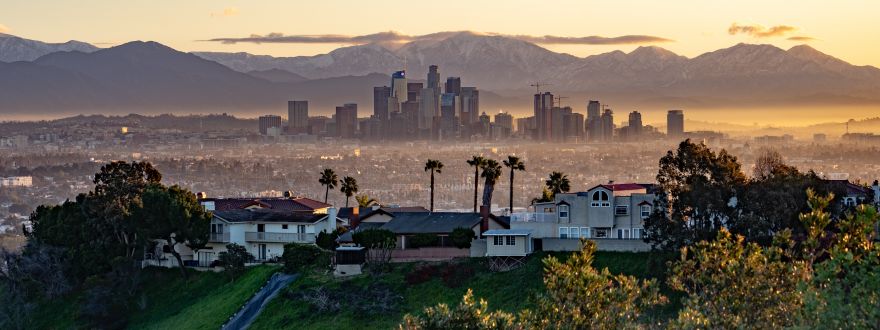
These cooler, gray mornings and turning trees have it feeling like fall! While the cooler temperatures may give the impression of lessening fire risk, we just want to remind you that we're not on the other side of wildfire season just yet. "The Dixie and Caldor fires continue to do damage in Northern California, putting the state at more than 2.2 million acres burned this year, according to CalFire. The Caldor Fire is at 219,267 acres and 68% contained, and the Dixie fire has burned 960,470 acres and is 75% contained."
We are fast approaching the scariest month for wildfires in our North Bay community, October, which marks the anniversaries of the Tubbs Fire and the Kincaid Fire which ravaged our communities. We were reading this article from Insurance Journal which bring attention to the risky fire weather about to hit our neighbors in Southern California.
According to the article, Southern California has been comparatively quiet, but now it’s getting close to the time of year where classic offshore wind evens create what’s known as “Santa Ana” winds, which become more common throughout October and well into November.
Ground soil moistures throughout the state have been reported to be at or near record low levels, vegetation has dried out in many areas into tinder box fuel, and the severe drought was made an even greater peril by unusually high summer temperatures. The way things are, “it won’t take much” for the winds to start fires, or take small wildfires and make them massive ones.
AccuWeather expects the total burned acreage for the region to be at 8.9 million by year’s end. That wouldn’t match last year’s record 10.2 million acres burned in the West, but it’s at 115% of the five-year average and 130% of the 10-year average.
Considering 5.6 million acres have burned so far across the region, there’s a ways to go – much of that burnt acreage is expected to occur outside the Pacific Northwest, which has entered its traditional wet season.
That means Southern California is expected to a large share of the total burnt acreage forecast in the next few months.





